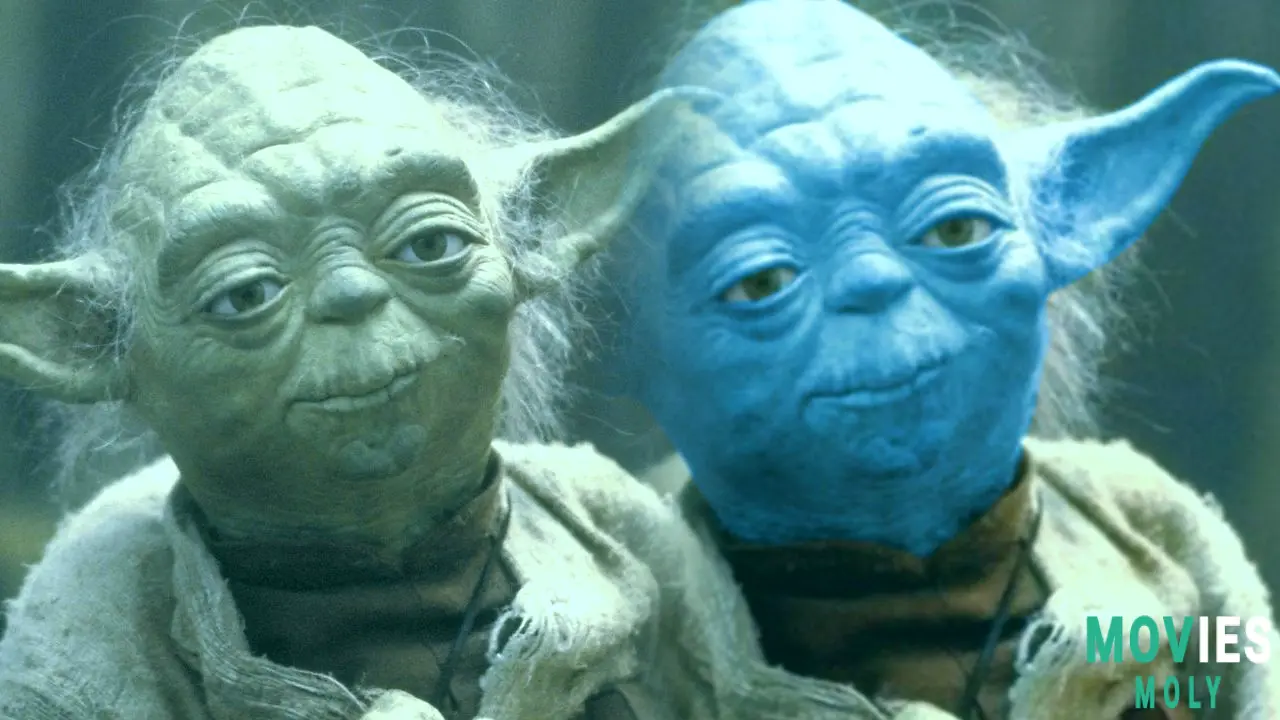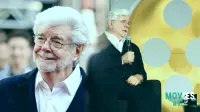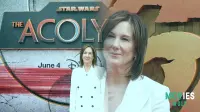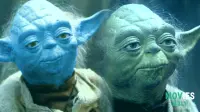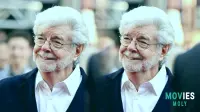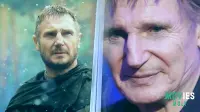Turns out, everyone's favorite wise, green alien from Star Wars was originally envisioned in a surprising shade – and early scripts prove it!
TL;DR- Jedi Master Yoda was initially described as "bluish" in the screenplay for The Empire Strikes Back.
- Early concept art, novelizations, and comic adaptations from 1980 depicted him in various colors, including blue, purple, and even pink.
- The decision to make Yoda green was a late-stage change, with the exact reason remaining a mystery, though cultural tropes and visual distinctions likely played a part.
Uncovering the Surprising Original Vision for a Star Wars Icon
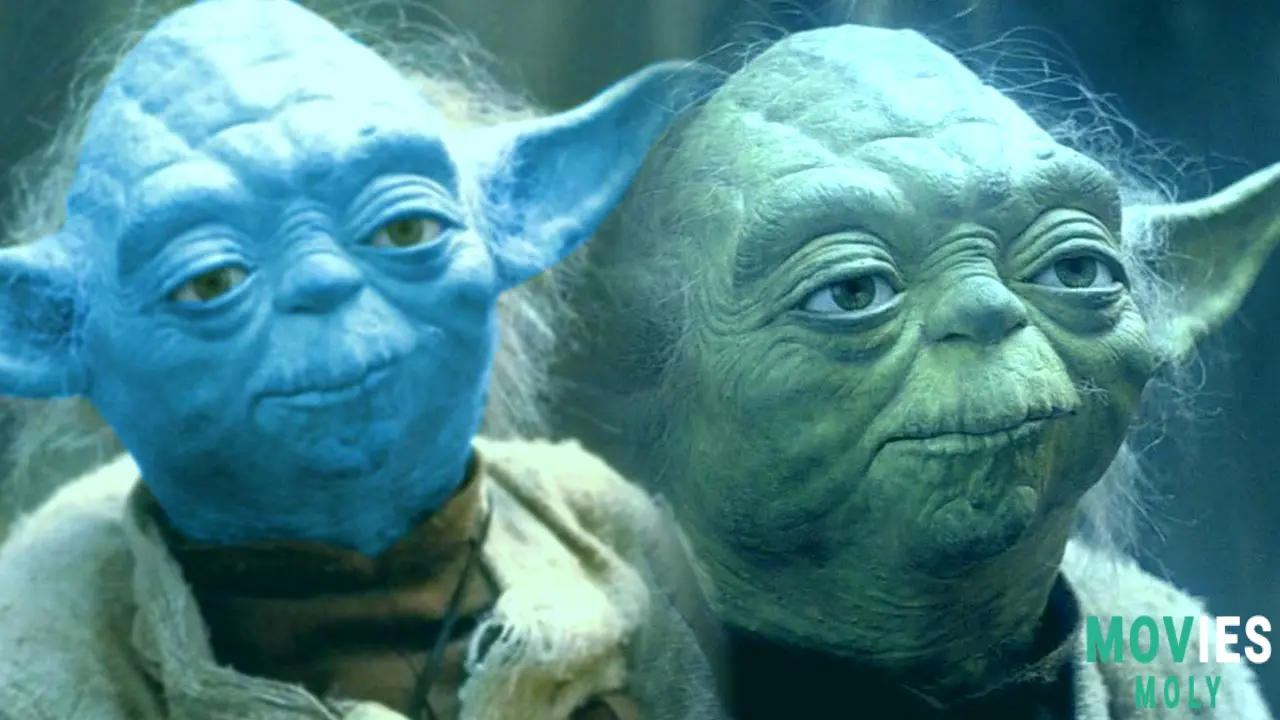
Let's be real, picturing Yoda as anything but a little green guy with big ears and that signature backward talk feels… wrong, doesn't it? Our minds are so hardwired to his iconic swampy complexion, thanks to The Empire Strikes Back, the prequels, and even Grogu (affectionately known as Baby Yoda) in The Mandalorian.
But hold onto your lightsabers, because recent deep dives into the Star Wars archives and new interviews with folks who worked on the original film are revealing a mind-bending truth: Yoda was very, very nearly blue. Or purple. Or even pink! It seems the definitive green we know and love was a pretty last-minute decision in the grand scheme of filmmaking.
What the Early Screenplay Said About Yoda’s First Appearance
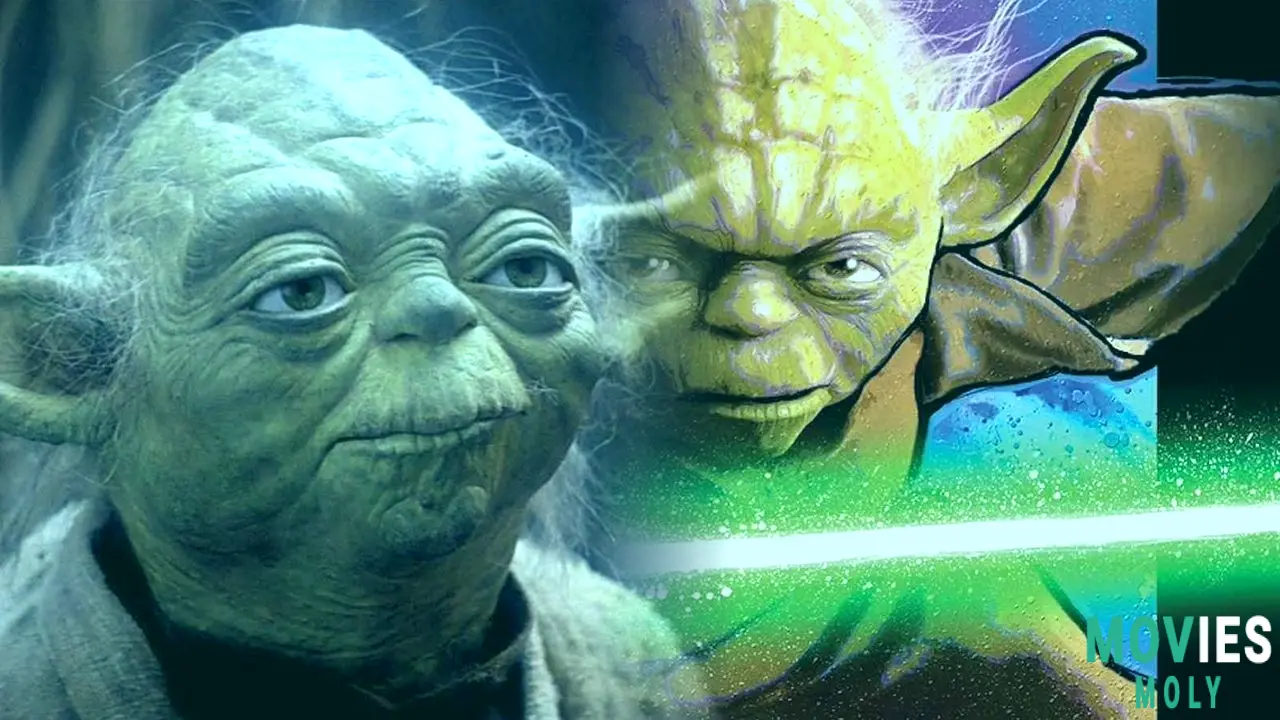
The journey to our green Yoda started with words on a page. When Luke Skywalker and R2-D2 landed on Dagobah in the final version of the screenplay for The Empire Strikes Back, they weren't greeted by the sage green master. Instead, the script, penned by Leigh Brackett and Lawrence Kasdan, described a creature that would seriously shake up our understanding of Yoda:
"Mysteriously standing right in front of Luke is a strange, bluish creature, not more than two feet tall. The wizened little thing is dressed in rags."
A "bluish creature"? Imagine that scene, the murky greens of Dagobah, and then this striking blue figure emerging from the mist. It's a stark contrast to the Yoda we've all come to revere, and it definitely makes you wonder what kind of blue we're talking about. Was it a vibrant cerulean, a deep indigo, or something else entirely? Whatever it was, it certainly wasn't green.
A Rainbow of Yodas: Early Concept Art and Tie-in Media
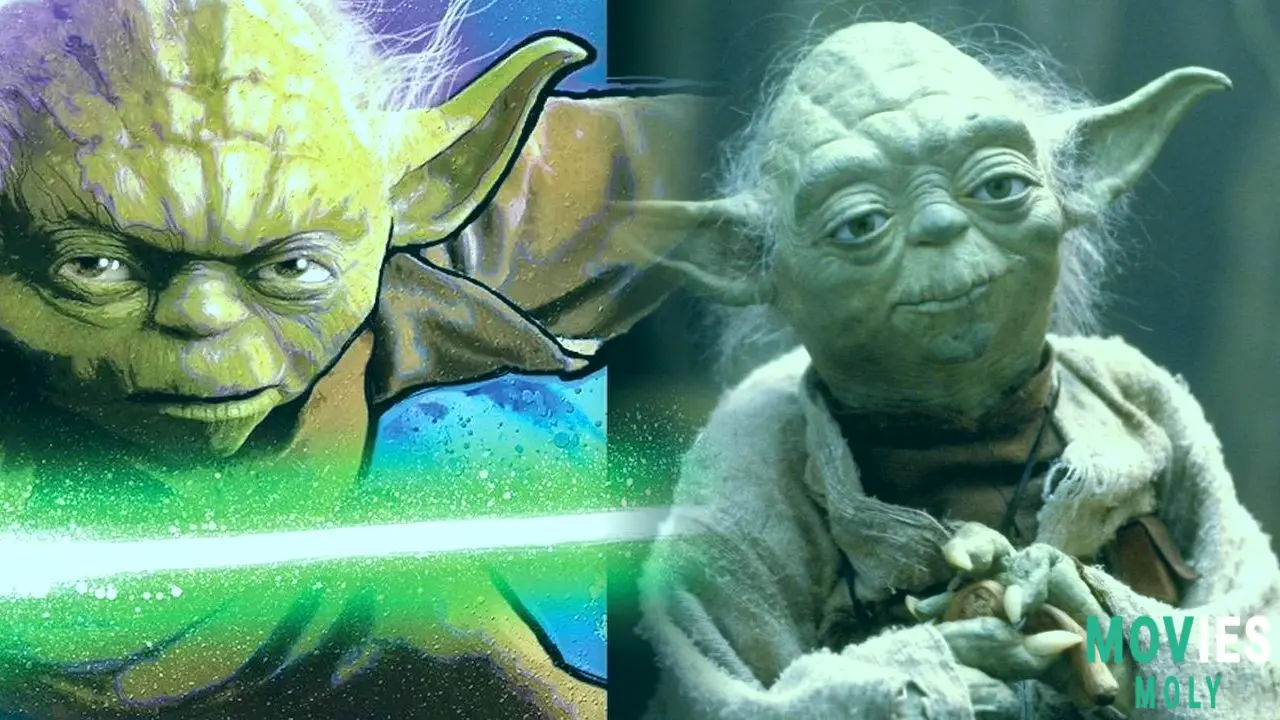
The "blue Yoda" wasn't just a fleeting thought in a screenplay. It popped up in other early materials too, showing that the character's final look was very much a work in progress. Concept artists in the late 1970s played around with all sorts of ideas, sketching Yoda in various hues – sometimes colorless, sometimes light blue, and even, believe it or not, pink!
Even after The Empire Strikes Back hit theaters in May 1980, the idea of a non-green Yoda lingered in print. The novelization of the film, released around the same time, described him as "blue-skinned." What's even wilder is that one version of this novel was published in July 1980, a full two months after audiences had already seen a green Yoda on the big screen! Then there were the Marvel Comics adaptations, which portrayed Yoda as decidedly purple or bluish, often smaller and more elf-like, complete with long white hair. These comics, often created alongside film production, likely worked off earlier studio notes or concept art, leading to the visual discrepancy. Later printings, thankfully for continuity, were redrawn to match his on-screen appearance.
The Green Light: How Yoda Got His Iconic Appearance
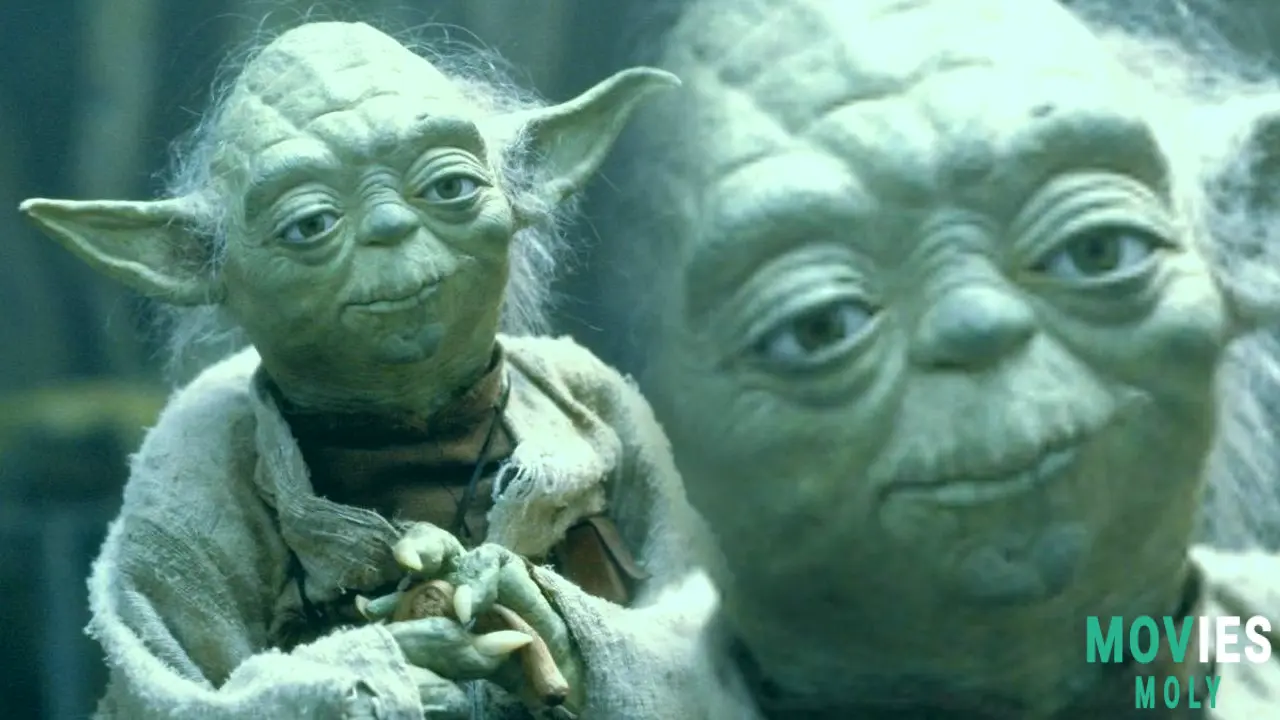
So, how did we go from a potentially blue, purple, or pink Yoda to the beloved green sage? We don't have a definitive "ah-ha!" moment, but insights from the folks behind the scenes shed some light on the hurried decision-making process. Nick Maley, a special makeup and creature effects designer who worked on The Empire Strikes Back, was right there for Yoda's creation. He recalls joining the project in 1979 and finding the color decision already leaning towards green.
"By the time I got to work on him, he was green," Maley told The Guardian. He even remembers seeing an early drawing of Yoda where he was depicted in green before the physical production began. It sounds like there was a lot of back-and-forth before they landed on the final look. Maley noted the intense timeline they faced:
"We sat around for five months to decide what Yoda would look like, and then left us like seven weeks to try and actually make the world’s first animatronic superstar work."
— Nick Maley, special makeup and creature effects designer for The Empire Strikes Back
That's an incredibly tight schedule to bring such a complex, groundbreaking puppet to life! When it came to the practicalities, Maley mentioned they "put dyes into the foam latex so that we didn’t have to paint it too much. That was green." This detail further suggests that green was the intentional, chosen color for the material itself.
The Great Mystery: Why the Sudden Color Switch?
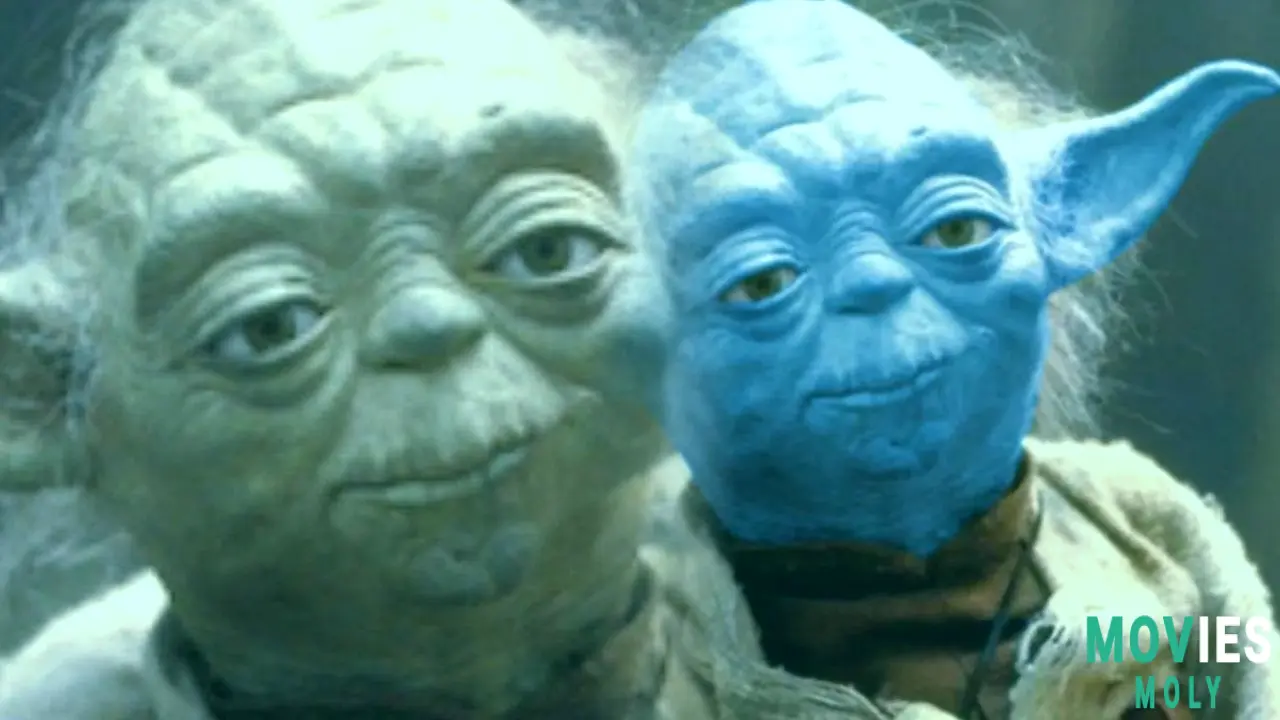
While we have glimpses into the "how," the "why" of Yoda's color change remains somewhat shrouded in galactic mist. Attempts to get an official explanation from Lucasfilm and Disney have gone unanswered. It's a tough trail to follow, as many key figures from those early days have sadly passed away, including legendary movie makeup artist Stuart Freeborn (who designed Yoda, Chewbacca, and Jabba the Hutt, and allegedly mirrored Yoda's face on his own, with a dash of Albert Einstein), comic writer Archie Goodwin, and artist Al Williamson.
Without their direct testimony, we're left with educated guesses. One compelling theory (offered as speculation by an article, not by Maley) suggests that a blue Yoda might have clashed visually with Obi-Wan Kenobi's Force Ghost, who appeared as a bluish, ethereal energy in the same film. Filmmakers might have wanted a clear visual distinction between a living alien and a spectral presence. Nick Maley offered a more pragmatic, cultural take, saying, "I mean, I assumed everybody kind of tended to think: 'Oh, Martians are little green characters.' Right? So, you know, the green alien is a classic in people’s minds." It makes sense that in the era of classic sci-fi, a green alien would feel instantly recognizable and appropriately "otherworldly."
From Swamp to Screen: Yoda's Lasting Green Legacy in Pop CultureWhatever the exact reason, the decision to make Yoda green was undeniably the right one. His unique appearance quickly became iconic, defining not just his character but an entire, unnamed species within the Star Wars universe. From Yaddle in the prequel era to the sensation that is Grogu in The Mandalorian, members of Yoda's species are consistently depicted with that distinct green skin, long lives, and incredible Force abilities.
It's interesting to note how deeply ingrained "green alien" became. Director James Cameron, when designing the blue Na'vi for his blockbuster Avatar, famously explained that he avoided green because "Green was taken." Think of the Hulk, or countless other sci-fi creatures — green has become a go-to for alien life. Yoda certainly helped cement that trope.
Even today, there are fun nods to Yoda's potential blue origins. Some fans and articles have pointed out that Grogu, while definitively green, sometimes appears to have a subtle "blue tinge" to his skin. Is it just lighting, or a clever, subtle callback to what almost was? It's a fun thought that connects the past with the present.
What's Next for Yoda's Species in a Galaxy Far, Far AwayThe legacy of Yoda's unique species is far from over. Thanks to Grogu's popularity, we're seeing more of them than ever before. He’s not known to be a direct relative of Master Yoda, but he carries the torch for the species' mysterious charm and powerful connection to the Force. In fact, Grogu is set to take center stage in the upcoming film, The Mandalorian & Grogu, slated for 2026, which will pick up threads from the highly successful Disney+ series. This signals that characters like Grogu are helping shape the future of the Star Wars saga, moving beyond the Skywalkers while still honoring the universe's rich history.
Beyond that, the galaxy continues to expand with films like Star Wars: Starfighter, directed by Shawn Levy and reportedly starring Ryan Gosling, set for 2027. These new projects promise to introduce fresh heroes and stories, showing that even with decades of lore, Star Wars is always finding new ways to surprise us – whether it’s with unexpected character origins or bold new adventures.
Frequently Asked Questions About Master YodaWhen did Yoda first appear in Star Wars?
Yoda made his debut in the 1980 film, Star Wars: Episode V – The Empire Strikes Back, where he first met Luke Skywalker on the swamp planet Dagobah.
Is Grogu (Baby Yoda) related to Master Yoda?
While they belong to the same unnamed species and are both powerful Force-users, there is no official confirmation or canon information suggesting that Grogu and Master Yoda are directly related by blood.
Why was Yoda originally envisioned as blue?
The exact reason for Yoda's initial "bluish" description in the screenplay for The Empire Strikes Back, and his subsequent change to green, is not definitively known. It's believed to be a late-stage production decision, possibly influenced by visual distinction from Obi-Wan's blue Force Ghost or the popular cultural association of "little green men" with aliens.
Are there other members of Yoda's species shown in Star Wars canon?
Yes, besides Master Yoda and Grogu, the only other known member of their species to appear in Star Wars canon is Yaddle, a female Jedi Master who served on the Jedi Council alongside Yoda during the era of the Galactic Republic.
Sources- Archival documents from Star Wars production
- Original screenplay for The Empire Strikes Back
- Interviews with special makeup and creature effects designer Nick Maley
- Various official and fan publications discussing early Star Wars concept art and tie-in media

